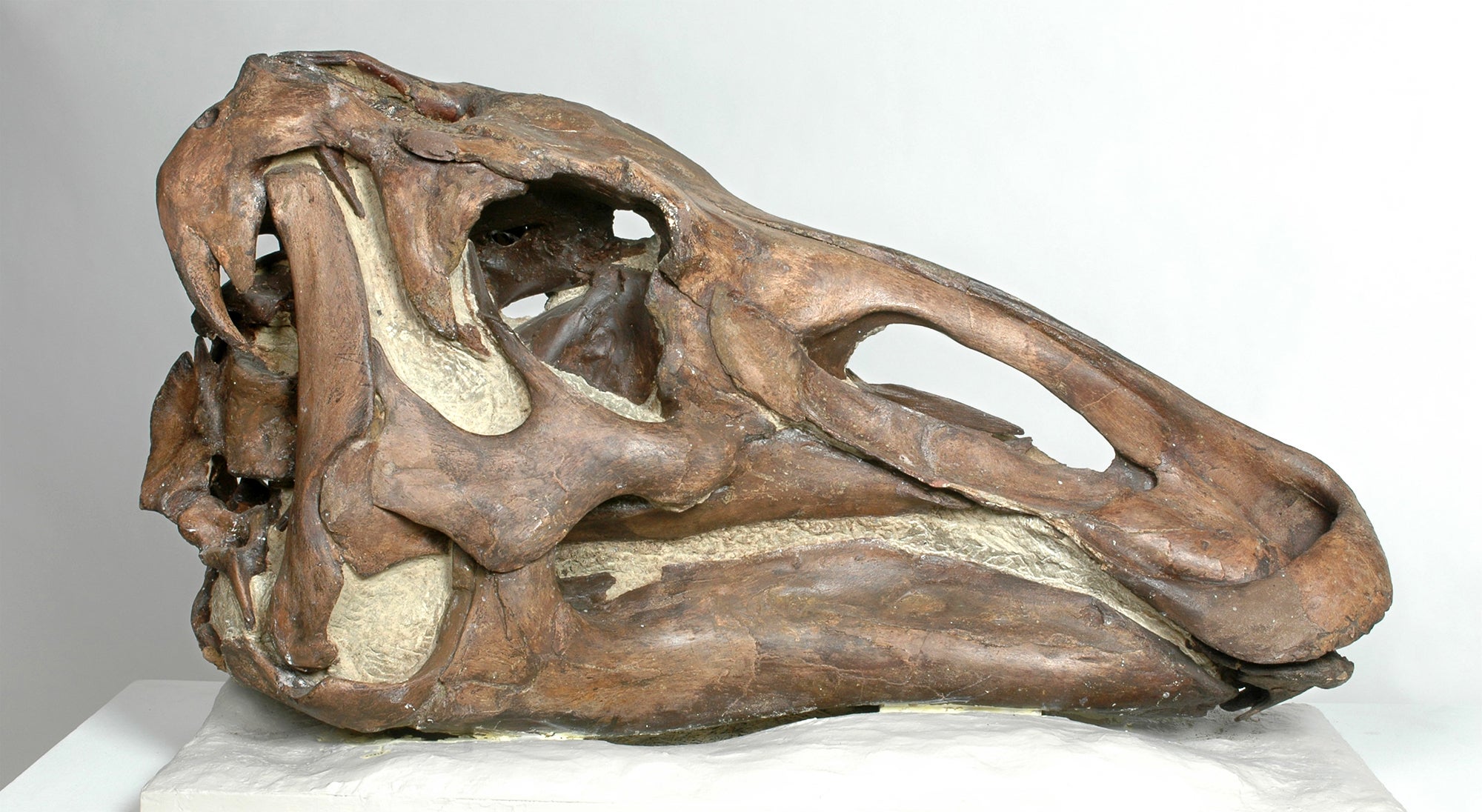Vertebrates
The majority of our vertebrate fossils were collected from basins in the Rocky Mountain Region, with exceptional collections of Paleocene, Eocene, Oligocene and Miocene-aged mammals and reptiles. Faunal assemblages from the Denver, Wasatch, Willwood, Huerfano, Bridger, Wind River, DeBeque, Troublesome, and White River formations are especially well represented. Other important vertebrate collections include Neogene vertebrates of North and South Africa, and Cretaceous microvertebrates and marine reptiles from western North America.
The collection is organized temporally by North American Land Mammal 'Age' (NALMA), and subsequently by formation and locality. Since 1961, our field projects have included an emphasis on thorough stratigraphic documentation that has enhanced the research quality of the collection with detailed geographic and stratigraphic data.
Ichnofossils (Trace Fossils) and Fossil Eggshells
Our ichnofossil collection features a variety of vertebrate and invertebrate trace fossils from different geologic time periods and formations. The collection includes tracks and trackways, burrows, and a diverse and actively growing collection of coprolites (fossil feces). The museum also houses the Karl Hirsch eggshell collection, which is one of the largest fossil eggshell collections in the world, and is unique with its associated thin sections and photomicrographs.
University Course in Paleontology Collections Management
If you want to learn more about how to properly manage fossil collections, our course entitled 'Paleontology Practicum' will be offered in Fall 2010. Please see the University of Colorado course catalog for more details, or contact Jaelyn Eberle or Toni Culver.

